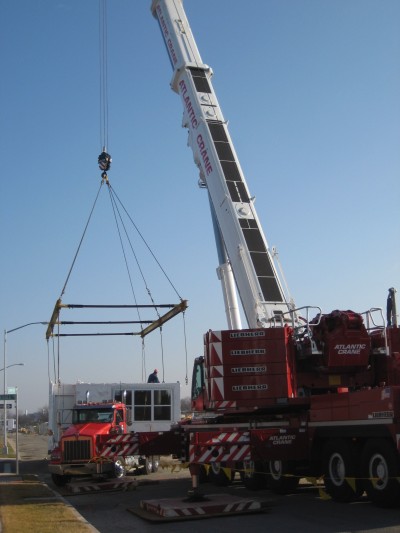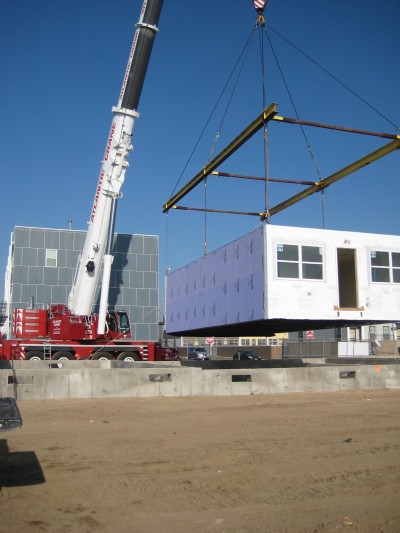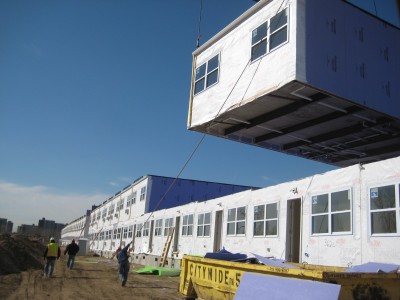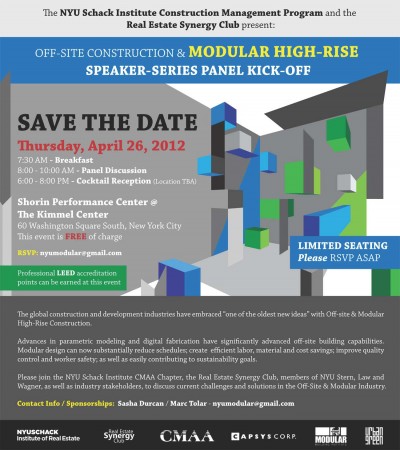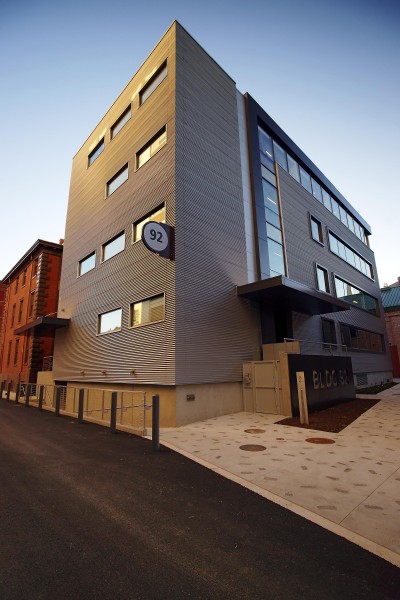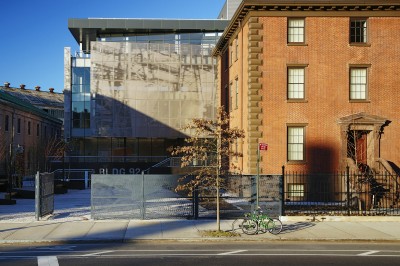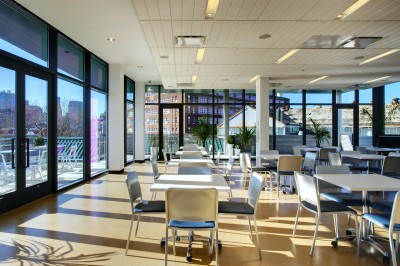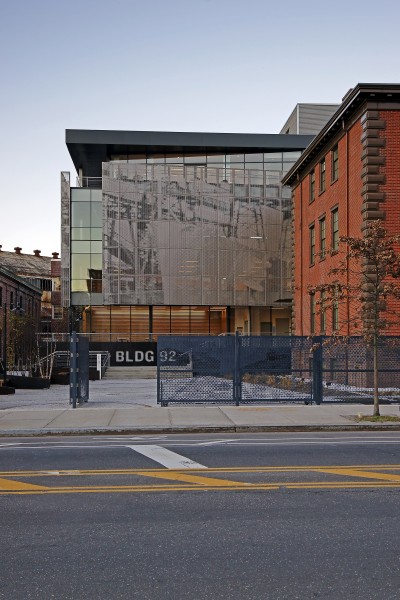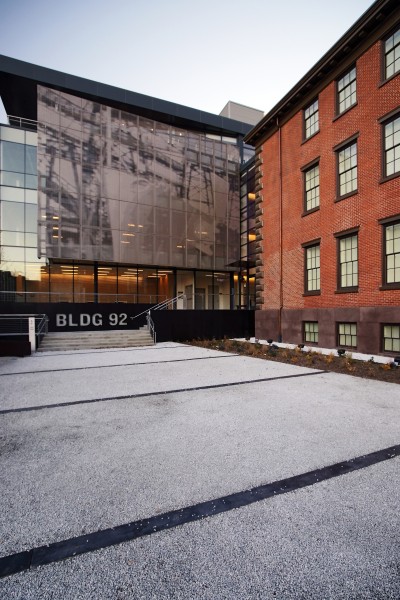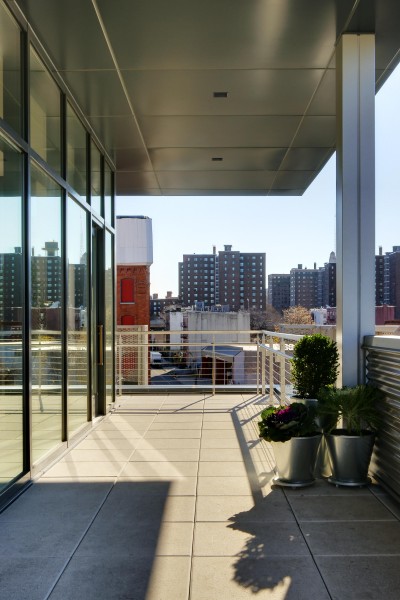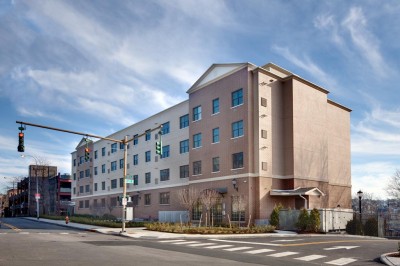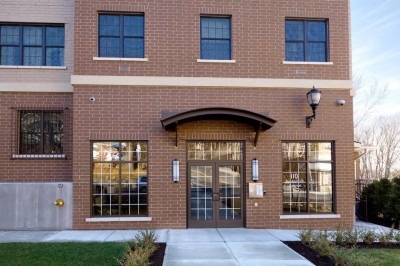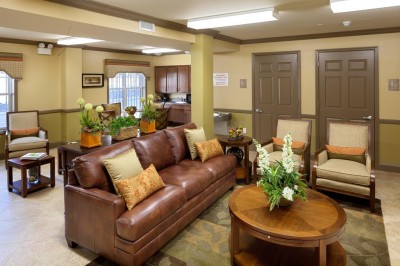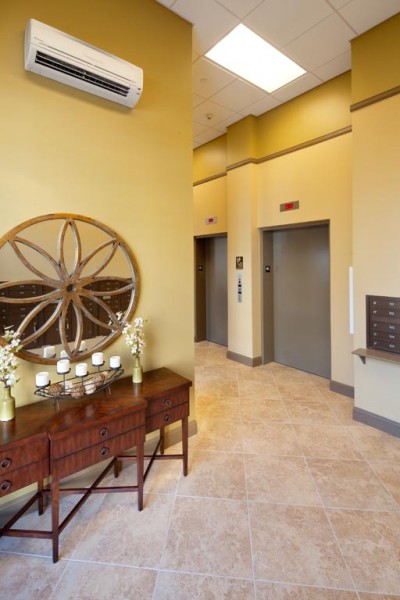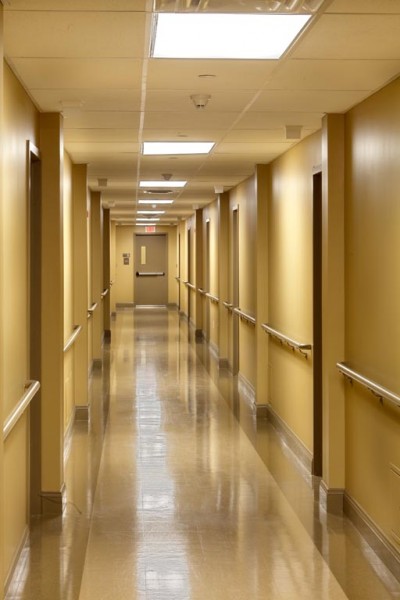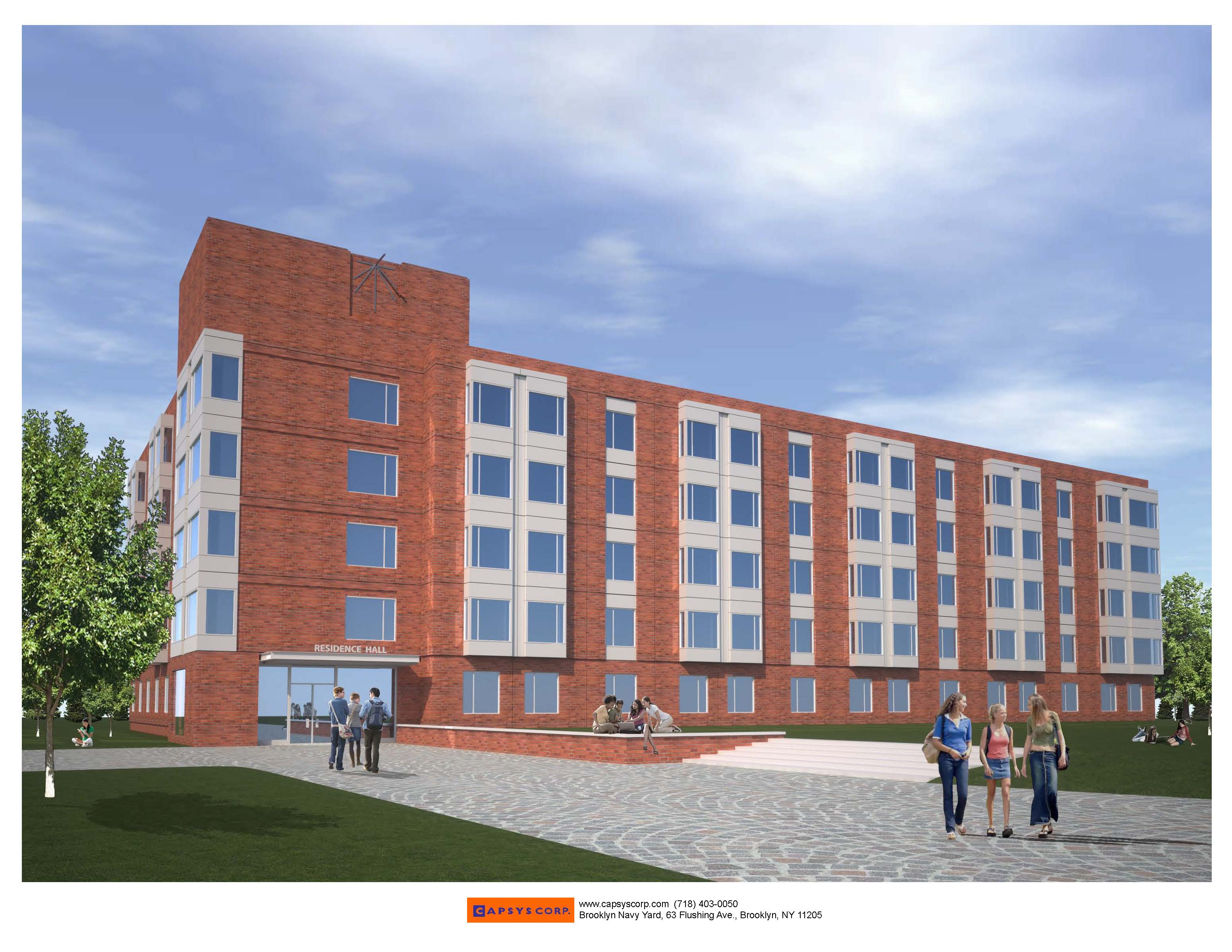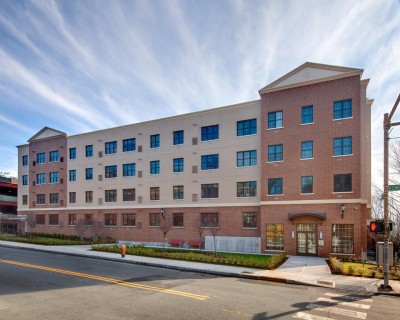A report recently published by researchers from the University of Colorado has generated considerable buzz within the high performance construction industry. According to Matthew Hallowell, assistant professor of Civil, Environmental and Architectural Engineering at the University of Colorado Boulder, he and his fellow researchers found that LEED construction locations had a 50 percent higher injury rate than non-LEED sites. Hallowell and his team visited and made observations at various LEED and non-LEED construction sites, pored over injury reports, and conducted interviews in their process of completing their study.
The report is interesting and provocative. I would like to highlight a key finding from the report, the summary of key findings from which follows. Prefabrication of buildings such as the modular construction techniques we use here at Capsys may greatly or mitigate many of these increased risks.
We thank the author for his work and suggest that you readers seek out the entire report and form your own conclusions
Key Findings from Research:
Design for Safety Techniques for Green Building Components
Reports and Authors:
Collective results of this study have been organized into three manuscripts, which have been
accepted or are in review by the Journal of Construction Engineering and Management:
Safety Risk Identification for High Performance Sustainable Building Construction
Bernard R. Fortunato III, Matthew R. Hallowell, Michael Behm, Katherine Dewlaney
Safety Risk Quantification for High Performance Sustainable Building Construction
Katherine S. Dewlaney, Matthew R. Hallowell, and Bernard R. Fortunato III
Safety Risk Mitigation for High Performance Sustainable Building Construction
Katherine S. Dewlaney and Matthew R. Hallowell
Overview:
The US Green Building Council’s Leadership in Energy and Environmental Design
(LEED) program represents the largest program in the United States for the measurement,
verification, and certification of green buildings. A recent study found that LEED certified
buildings have a recordable injury rate that is 9% higher than traditional, non-LEED
buildings. This finding served as the impetus for the present study, which aimed to (1)
identify and evaluate the safety and health risks associated with the design elements and
construction management practices implemented to achieve LEED certification by
conducting eight detailed case studies; (2) quantify the percent increase in base-level
safety risk through 37 interviews with designers and contractors who had completed an
average of four LEED projects and 100 traditional projects in their average of 18 years of
experience in the architecture, engineering, and construction industry; and (3) identify and
describe strategies that reduce the safety risk associated with the design and construction
of high performance sustainable projects by conducting 26 additional interviews with
experienced designers and constructors. The study revealed 12 LEED credits that
increase safety risks on construction projects when compared with traditional, non-LEED
alternatives. The study also revealed that there are feasible prevention through design
techniques, technologies and controls, and management strategies that can be
implemented to mitigate these risks. The results of the study were packaged into a first-generation decision support tool that provides designers and construction managers with
safety suggestions for their LEED projects.
Workers on LEED construction projects are exposed to work at height, with
electrical current, near unstable soils, and near heavy equipment for a greater
period of time than on traditional projects.
Workers are exposed to new high risk tasks such as constructing atria, installing
vegetated roofs, and installing photovoltaic (PV) panels that are not present on
traditional projects.
The most significant impacts are a 36% increase in lacerations, strains and
sprains from recycling construction materials; a 24% increase in falls to lower
level during roof work because of the installation of on-site renewable energy
(e.g., PV panels); a 19% increase in eye strain when installing reflective roof
membranes; and a 14% increase in exposure to harmful substances when
installing innovative wastewater technologies.
Designers and contractors identified prefabrication, effective site layout, and alternative products as methods to prevent injuries that specifically relate the hazards of each sustainable element.
Specifying low VOC materials reduces health-related risks for construction workers
who perform work in enclosed environments.
Conclusions:
This research has revealed the substantial need for a detailed lifecycle analysis of
the safety impacts of high risk and common sustainable building technologies.
Although these technologies may have substantial environmental benefits, many
have been shown to result in greater exposures to known occupational hazards
during the construction process. Further research is needed to evaluate the safety
risks during manufacturing of sustainable materials, shipping, installation, and
maintenance.
For more information, contact the lead author:
Matthew.hallowell@colorado.edu
© Copyright 2011, CPWR – The Center for Construction Research and Training. All rights reserved This research
and report was funded by CPWR – The Center for Construction Research and Training as part of a cooperative
agreement with the National Institute for Occupational Safety and Health, NIOSH (OH009762). The research is
solely the responsibility of the authors and does not necessarily represent the official views of NIOSH. CPWR, the
research and training arm of the Building and Construction Trades Department, AFL-CIO, is uniquely situated to
serve workers, contractors, and the scientific community. For more information, visit www.cpwr.com


